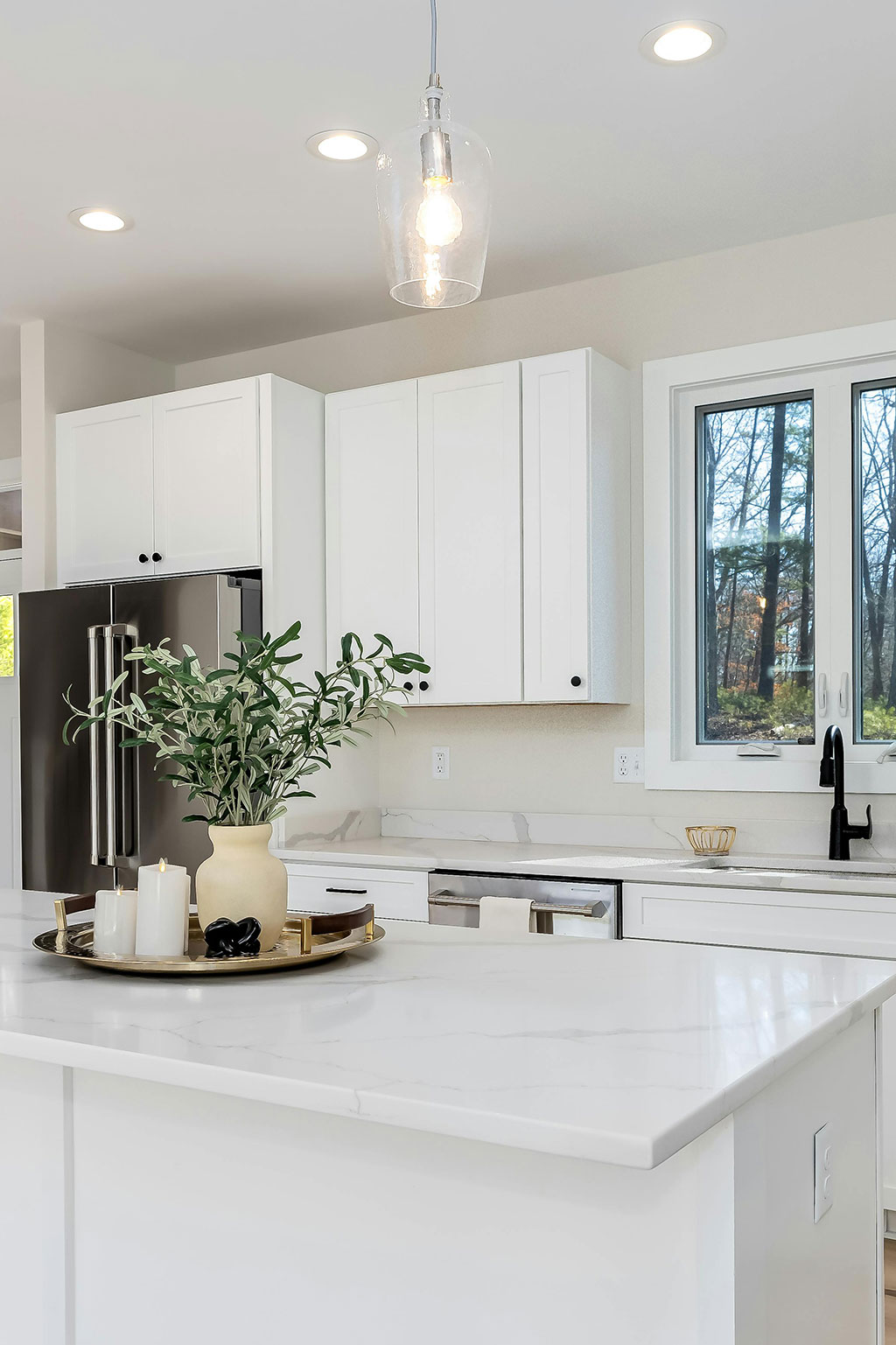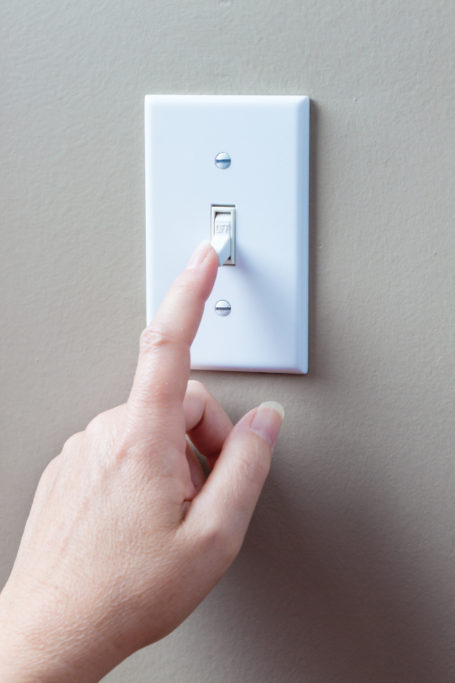The Dos and Don’ts of Buying and Selling Simultaneously
Buying a new home is an exciting process, and selling your current one can be financially rewarding.
But doing both at once? That’s a logistical balancing act. Whether you’re upgrading to a larger space, downsizing, or relocating, managing both ends of the real estate process can feel overwhelming. With the right strategy, though, you can make your transition smoother and less stressful. Here’s what to keep in mind if you’re buying and selling a home at the same time.

DO: Get your current home market-ready early
Even if you’re not ready to list it yet, begin preparing your home for sale as soon as you decide to move. That means decluttering, completing minor repairs, touching up paint, improving curb appeal, and staging each room to show off its best features. The more appealing your home seems to buyers, the faster it’s likely to sell and the more leverage you’ll have in negotiations.
DON’T: Assume it will sell instantly
There’s no guarantee that your home will sell on your timeline—no matter how hot the market may seem. Factors like location, condition, price, and time of year all play a role in your transaction. That’s why it’s important to incorporate flexibility into your moving plans and finances in case your property isn’t snatched up as quickly as expected. If you want an idea of what timing to expect, speak with a real estate agent about average days on market in your area, then set realistic pricing strategies accordingly.

DO: Talk to a lender before house hunting
If you’ll need a mortgage for your next home, speak with a lender early to understand your financing options. They can help determine whether you could qualify for a new loan while still carrying the old one, and they’ll explain how your current home’s equity and expected sale price factor in. You may be able to get preapproved with a contingency or use a bridge loan to temporarily cover both properties.
DON’T: Make an offer before checking your numbers
It’s tempting to jump on a home you love, but making an offer without a clear picture of your financial standing or the expected proceeds from your current sale could backfire. To avoid overextending your funds, review your budget, expected net sale amount, and new monthly payments in detail before moving forward.
DO: Use contract contingencies strategically
If you’re buying first, consider making your offer contingent on the sale of your current home. This protects you in case your home doesn’t sell promptly. If you’re selling first, a rent-back agreement can give you extra time to find your next place without having to move twice. A knowledgeable real estate agent can help you navigate which options make sense and how to proceed with them prudently.
DON’T: Try to time both closings perfectly
While it’s ideal to have your sale and purchase align, trying to force both to overlap on the same day may add unnecessary stress—and it could even be unrealistic. Delays with one transaction can affect the other, so it’s better to anticipate a small buffer period, such as closing on your sale and then completing your purchase a few days later. For added peace of mind, consider initiating a short-term rental or staying with family temporarily.

DO: Work with a trusted real estate agent
Juggling two transactions at once is complicated, but relying on a real estate professional can make all the difference. They’ll help you understand your local market, negotiate favorable terms, and coordinate timelines to minimize disruptions. Search for an agent with experience handling buy-sell situations, and be sure to communicate your goals clearly from the start. Do so, and you can adeptly handle this transition period of your life—and finish it feeling not just relieved but accomplished.


















